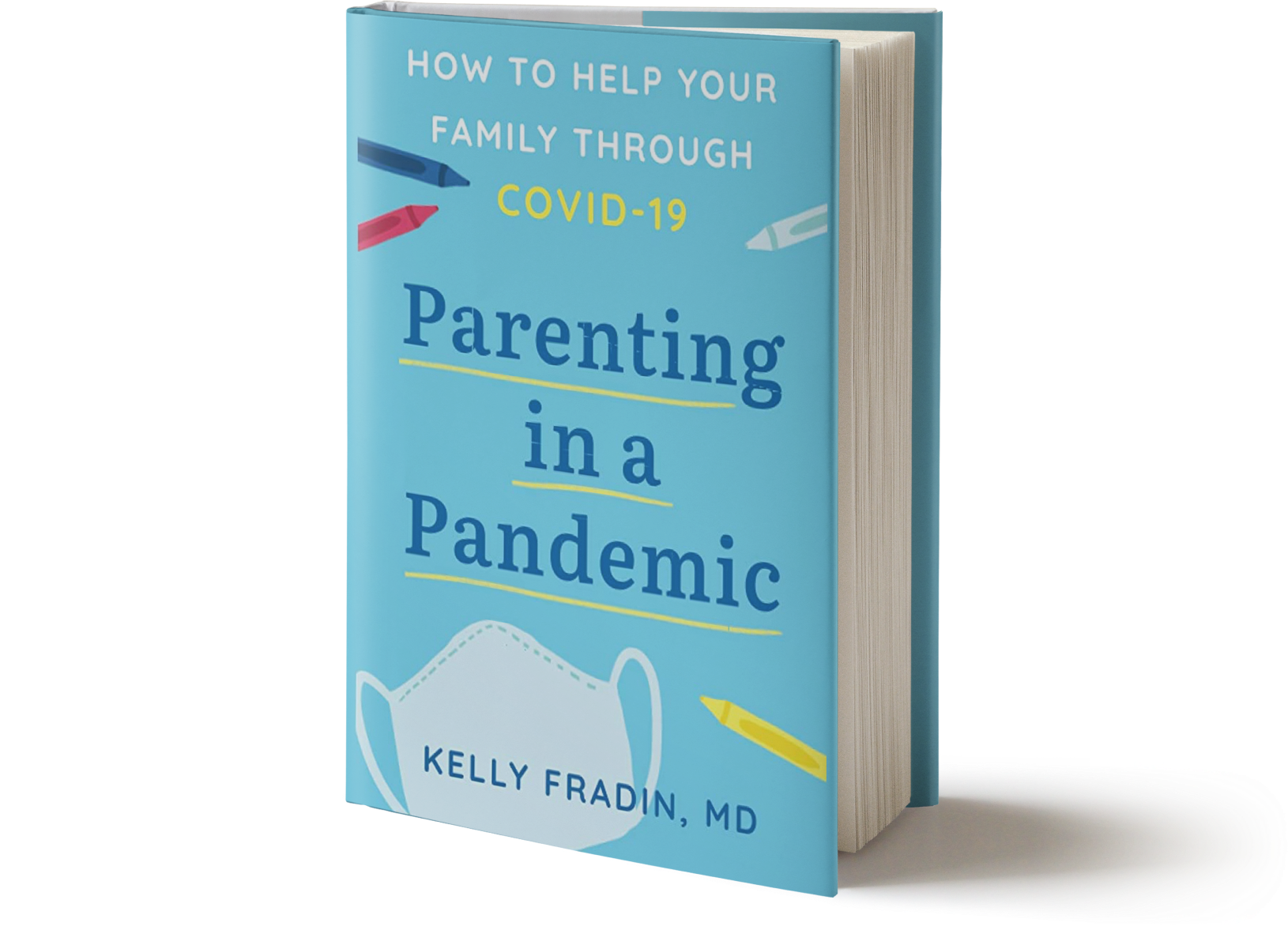Parenting in a Pandemic: Four thinking mistakes to avoid
I am out there on social media hearing from so many families, schools, and other physicians. I keep hearing examples of people misunderstanding the basics of coronavirus and making decisions without sound logic. The mistakes tend to fall into these four themes, and I hope by discussing them, we can help you avoid the same errors.
Precautions still matter
It’s true that to protect grandparents, newborns or immunocompromised individuals, we have to be cautious. Many people with active coronavirus infection are asymptomatic and may expose others to the virus unknowingly. If we’ve been out in the community, school and work, we can think of ourselves as potentially “dirty” or exposed to coronavirus even if we may be asymptomatic. If we’ve been truly locked down at home, we can think of ourselves as “clean” and risk-free.
However as we restart our lives and proceed from lockdown to go to school, thinking of our exposure risk as black and white would be a mistake. We shouldn’t assume that taking precautions no longer matters once we are out and about. There is a large range between clean and dirty. Imagine that we put one person with active coronavirus in a room with you. The longer you are together and the closer you are to each other, the higher your risk of catching coronavirus.
In medicine we refer to this as the area under the curve or the cumulative exposure over time. Our contacts add up and determine our risk of getting coronavirus. If we continue to mask and distance outside of school or work, our risk will be lower than if we do not.
Protecting parents matters
New data from the CDC came out to rank the risk of hospitalization and death by age. From this we can see that the risk of a forty year old dying of coronavirus is 100x the risk of a four year old dying from coronavirus. We are accustomed to protecting our children, but in this pandemic we must focus most on protecting the adults in our home.
We also know from keeping abreast of the news that the risk of an adult transmitting coronavirus is higher than the risk of transmission by a child. So adults being mindful of their direct exposures is just as important if not more so than children.
Direct vs. indirect contact matters
It’s easy to assume that coronavirus is a super contagious bug given how quickly it has changed our world. But everyone exposed doesn’t get sick. Even if your child does get coronavirus, evidence shows between a 5 and 20% chance that the parent will get sick. This varies depending on factors like age, symptoms and precautions taken to prevent illness. The risk of a child under ten transmitting infection in school still seems low based on recent data.
But along these lines it’s worth reminding you that if your child is in daycare, school or a pod, while you are “exposed” to the other families through your child in an indirect route. This matters much less than a direct contact. It would be a mistake to say, “oh our children are in school so let’s not bother with the masks”.
If the other parent has coronavirus, there is at most a 20% chance their child has it, 20% chance your child gets it, and 20% chance you get it from your child. Less than 1% chance you get it through each of these connections. Whereas if you spend 15 minutes together within 6 feet unmasked (a true contact) with the parent of your child’s classmate who has coronavirus, your risk of getting it would be closer to 20%.
Virtual school isn’t necessarily safer.
I know pods are all the rage and most schools are going back virtual, but I want to remind parents that virtual school is only safer than in person school if you take precautions.
Many schools are choosing fixed cohorts, limiting parent presence in school, sanitizing, temperature checking, and having strict policies regarding quarantine after travel. Some of these precautions may be omitted in schooling from home or life with a nanny.
There is nothing intrinsically different about your friend’s risk of coronavirus than your schoolmate’s risk. The virus doesn’t care if it’s your neighborhood or an airplane, if it’s your church or Disney World. When we are home with our kids, we have more time and more potential for cohort crossing and the contacts can add up. So remember this when planning your schedules.
Share on facebook
Facebook
Share on twitter
Twitter
Share on linkedin
LinkedIn
Did you like this post? If you want to share with friends, you can use these buttons.

